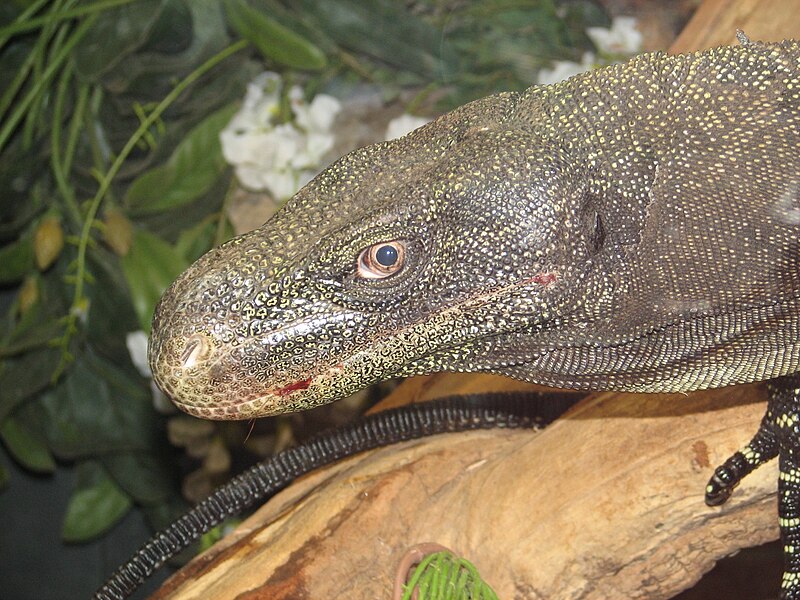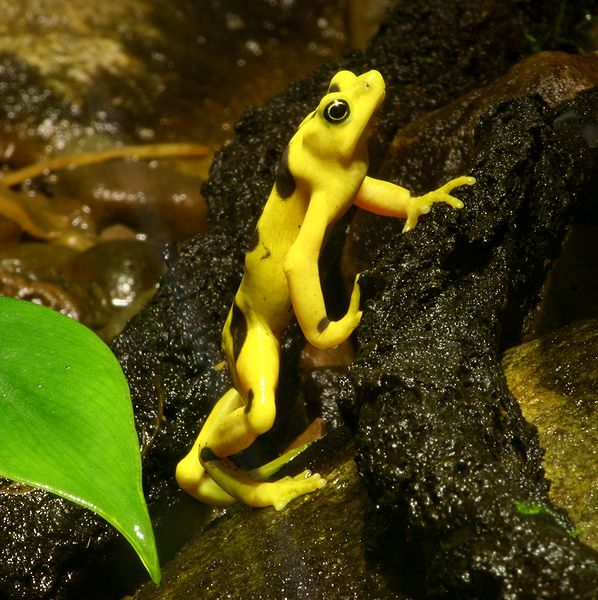Few amphibians exhibit a more dramatic change in appearance than male Crested Newts in breeding condition. It really is something to see and, fortunately, breeding this species is actually quite feasible. Breeding the crested newt in captivity also has great conservation value, as this species is in decline throughout Europe. Furthermore, any information garnered is applicable to other species of concern, including the Alpine Newt, Triturus alpestris and the Swiss Newt, T. helveticus.
Natural History
The Crested Newt, which may reach 6.4 inches in length, is grayish to black above and orange with round black spots below. 
Living a largely terrestrial existence for most of the year, both sexes enter breeding ponds in late winter or early spring. At this point, the males’ colors intensify and a large, comb-like dorsal crest develops. In both sexes the tail also becomes more paddle-like to facilitate swimming. Males also usually develop a white line along the sides of the tail, while reproductively active females sport a white line down the back.
Bringing Newts into Breeding Condition
While breeding may occur spontaneously in captivity, the most consistent results will be obtained if the newts are over-wintered at 36-42 F. An increase in water depth may stimulate breeding outside of the normal cycle, but fewer viable eggs will be produced).
Upon emergence from hibernation, the newts should be housed in aquarium, or their terrestrial terrarium should be modified to provide a large water area. Resting sites such as cork bark slabs or basking platforms should be provided.
Due to their unique egg-laying behavior (females fold a plant leaf around each egg), crested newts slated for breeding are best housed in well-lit aquariums stocked with live plants. The water should, if possible, be maintained at 54-65 F (a cool basement or garage often proves ideal).
We’ll take a look at raising the larvae next week.
 That Reptile Blog – Reptile, Amphibian and Exotic Pet Care and Information
That Reptile Blog – Reptile, Amphibian and Exotic Pet Care and Information

 Crocodile Monitors approach 9 feet in length – nearly as long as the famed Komodo Dragon, but less stoutly built. There are recurring but unverified reports of much longer individuals.
Crocodile Monitors approach 9 feet in length – nearly as long as the famed Komodo Dragon, but less stoutly built. There are recurring but unverified reports of much longer individuals.